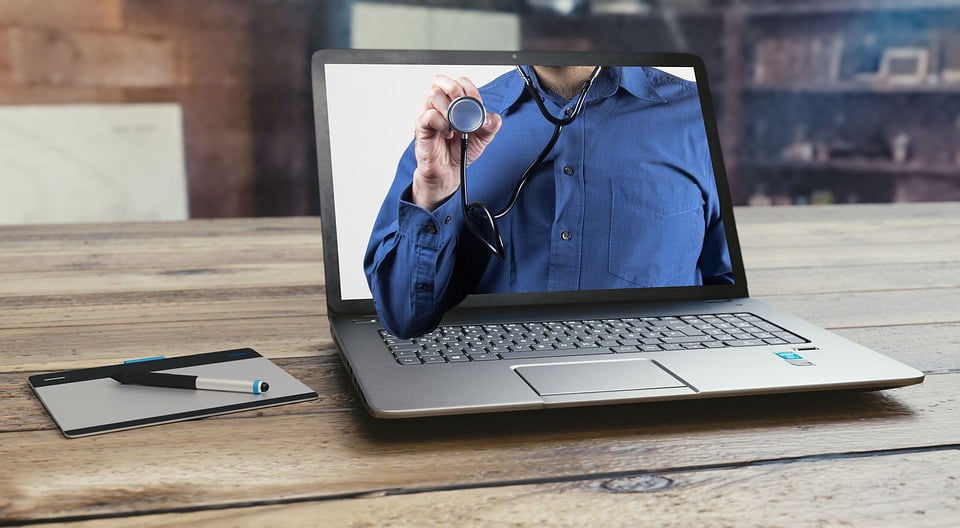In today’s world, technology is changing everything, including how we take care of our health. Two important tools that are making healthcare easier and more convenient are telehealth and remote patient monitoring systems (RPM). These tools let patients and doctors connect without needing to meet in person.
What is Telehealth?
Telehealth means using phones, video calls, or apps to talk to a doctor instead of going to the clinic or hospital. For example, if you have a minor health issue or need a follow-up, you can consult your doctor through a video call from home. This is very helpful for people who live far from hospitals or have difficulty traveling.
Telehealth can be used for many things, like medical advice, therapy sessions, or even some simple tests. It makes healthcare faster and easier for both patients and doctors.
What is Remote Patient Monitoring (RPM)?
Remote Patient Monitoring (RPM) is a system that helps doctors keep track of a patient’s health from a distance. Special devices like smartwatches or health monitors are used to check things like your heart rate, blood pressure, or blood sugar. These devices send the information to your doctor so they can keep an eye on your health.
For example, if someone has diabetes, they can use a device to check their blood sugar at home. The results are sent to their doctor, who can take action if something is wrong.
Benefits of Telehealth and RPM
These tools offer many advantages for patients and doctors. Here’s how they help:
- Saves Time and Effort: With telehealth, you don’t have to travel to see a doctor. You can get care from your home, which is great for elderly people or those who live far from hospitals.
- Better Care for Long-Term Illnesses: People with ongoing health problems like diabetes or high blood pressure can use RPM devices to track their health daily. This helps doctors manage these conditions more effectively.
- Early Warning for Problems: RPM devices send real-time health data to doctors. If something unusual happens, like a sudden drop in oxygen levels, the doctor can step in quickly and prevent bigger problems.
- Lower Costs: You save money on travel and hospital visits. Doctors can also manage more patients without needing bigger clinics or hospitals.
- Reduces Risk of Infections: By staying home for consultations, patients avoid catching diseases like the flu or COVID-19 in crowded hospitals.
Challenges of Telehealth and RPM
Although these tools are great, there are some issues:
- Not Everyone Has Access: Some people, especially in rural areas, don’t have smartphones or fast internet, which makes it harder to use telehealth.
- Privacy Concerns: Since personal health data is shared online, there’s a risk of it being stolen or misused. Keeping this information safe is very important.
- Physical Checkups are Limited: Some health problems need in-person examinations, which telehealth can’t provide.
- Learning to Use the Technology: Older people or those not used to technology may find it hard to use these tools. Proper support and training can help.
The Future of Telehealth and RPM
As technology improves, telehealth and RPM will become even better. Advanced tools like Artificial Intelligence (AI) could help doctors diagnose illnesses faster. Virtual reality might also make online consultations feel more real.
Governments and healthcare providers are working to make these services available to more people. In the future, telehealth and RPM will be an important part of healthcare.
Conclusion
Telehealth and remote patient monitoring are changing the way we get medical care. They make it easier, faster, and cheaper to stay healthy. While there are some challenges, the benefits are far greater. These tools are especially useful for managing long-term health problems and getting quick help when needed.
Whether you’re a patient or a caregiver, telehealth and RPM are here to make healthcare more accessible and convenient for everyone.

